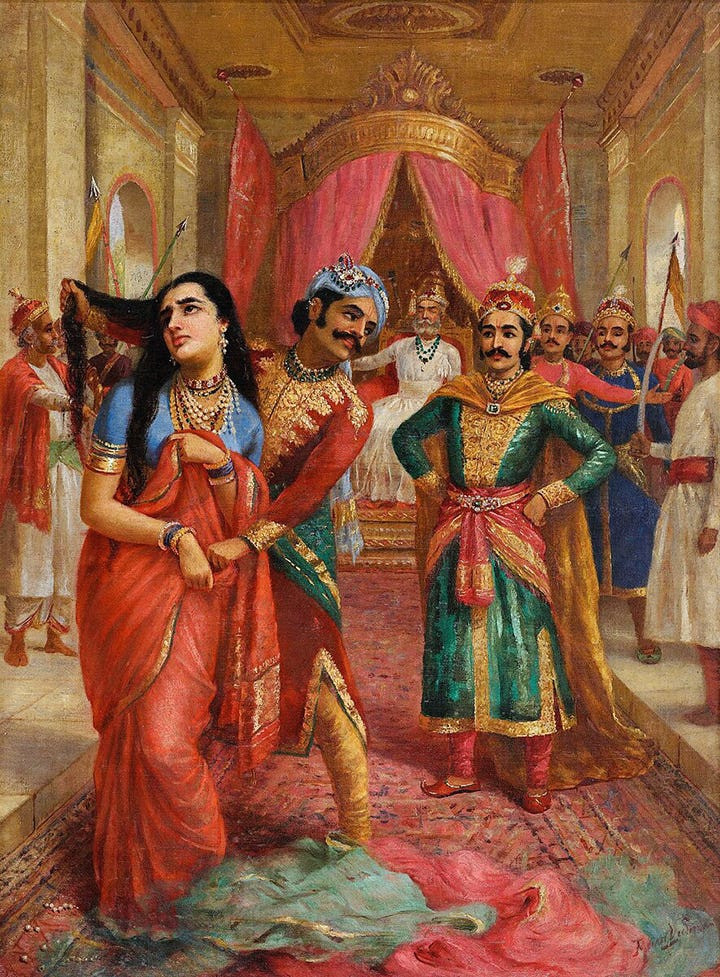The horrific rape and murder of a 31-year-old doctor in Kolkata has sent shockwaves through India and the global medical community. This tragic incident, where a young physician was brutally attacked after completing a grueling 36-hour shift, is not an isolated event but a stark reminder of the systemic issues of violence against women, particularly within the medical profession in India and beyond. This article delves into the full story behind this tragedy, exploring the details of the case, the ensuing outrage, and the larger context of gender-based violence that plagues the medical field.
The Gruesome Details of the Kolkata Doctor’s Murder
The young doctor, a resident at RG Kar Medical College and Hospital, sought refuge in a seminar room after an exhausting shift, as no call room was available. It was here, on August 9th, that her semi-nude body was discovered, bearing gruesome signs of violence. Reports detailed bleeding from her eyes, mouth, and genitals, painting a picture of a brutal assault. The subsequent autopsy confirmed the horrific truth: she had been violently raped and strangled.
The immediate aftermath of the murder was marred by allegations of a cover-up. Sandip Ghosh, the principal of the medical college, allegedly attempted to dismiss the incident as suicide. This claim, vehemently refuted by the victim’s family, sparked further outrage and suspicion. The victim’s father raised serious concerns about delays in the investigation and even accused the Kolkata police of attempting to bribe the family to prevent them from filing a formal complaint. These allegations of obstruction and manipulation only deepened the sense of injustice surrounding the case.
On-the-Ground Reactions and Allegations of Complicity
To understand the gravity of the situation and the prevailing sentiment within the Indian medical community, insights from Dr. Vinay Aggarwal, former president of the Indian Medical Association, are crucial. Dr. Aggarwal condemned the alleged complicity of the Kolkata police in attempting to cover up the crime. He highlighted the suspicious haste with which the police moved to cremate the victim’s body and the accusations of evidence tampering at the crime scene, disguised as “renovations.”
While one arrest was made – Sanjay Roy, a civic police volunteer – Dr. Aggarwal and many within the medical community believe that not all perpetrators have been apprehended. There are widespread suspicions of involvement from students belonging to influential families, further fueling public anger and distrust in the system. The resignation of Principal Ghosh, while significant, did little to quell the unrest, especially as he was reportedly hired by another medical college shortly after, highlighting a disturbing lack of accountability.
 Portrait of Chloe Nazra Lee, MD, MPH, the author, a resident physician in psychiatry
Portrait of Chloe Nazra Lee, MD, MPH, the author, a resident physician in psychiatry
This incident has ignited a firestorm of protests and demands for justice within the medical fraternity in Bengal and across India. The case has become a symbol of the broader challenges faced by women in medicine and the urgent need for systemic change.
Echoes of the Past: The Aruna Shanbaug Case and a History of Violence
This recent tragedy is not an anomaly but echoes a disturbing history of sexual violence within the Indian medical system. The case of Aruna Shanbaug, a nurse raped in a Mumbai hospital in 1973, serves as a chilling reminder. Shanbaug remained in a vegetative state for over four decades after the assault, her perpetrator never charged with rape, only robbery and attempted murder. These historical parallels underscore the deeply ingrained nature of the problem and the long fight ahead for women’s safety in the profession.
The silence surrounding sexual violence in Indian society, and particularly within the medical community, further exacerbates the issue. Kanksha Buch, a medical school applicant, points to the “taboo” nature of discussing sexual violence, even within families. The prevailing cultural response often defaults to “overprotecting daughters” rather than addressing the root causes of male violence and fostering open dialogue. Shame and the fear of being labeled “damaged goods” prevent many victims from speaking out, perpetuating a cycle of silence and abuse.
Sexual Violence in Medicine: A Global Issue
It is crucial to recognize that sexual violence in medicine is not confined to India. Institutional betrayal, where institutions fail to protect those who report abuse, is a documented problem in the U.S. and other countries as well. An Indian female physician practicing in the U.S. recounted her experience of reporting sexual harassment in medical school, only to be treated as the problem, leading her to silence herself for fear of professional repercussions.
The author’s own experience of reporting a male peer for similar misconduct and facing institutional reprimand further highlights this systemic issue. The institution’s concern seemed to be more focused on protecting the perpetrator’s career than addressing the act of sexual misconduct itself. This resistance to open discussion and accountability allows such behavior to persist unchecked.
The Culture of Silence and Retaliation
Dr. Mohini Dasari’s experience of reporting a surgeon’s inappropriate behavior and facing professional retaliation underscores the very real risks women face when they speak out. Even with a witness, her concerns were dismissed, and she was subsequently targeted and labeled a “pathological liar” for daring to report the incident. The aggressive and threatening online response to Dr. Dasari’s public account of her experience further exemplifies the hostile environment women often navigate when they attempt to address misogyny and abuse in medicine.
These experiences reveal a deeply troubling culture where misogyny is often minimized as “just words” or defended under the guise of “freedom of expression,” while those who report it are labeled “oversensitive” and punished for speaking truth to power. This culture of silence and retaliation must be dismantled to create a safe and equitable environment for women in medicine.
Breaking the Silence: Towards a Culture of Accountability and Respect
The tragic killing of the Indian doctor is a watershed moment, demanding a serious and sustained conversation about violence against women in medicine. Cultural patriarchy, societal shame, institutional betrayal, and indignant opposition to addressing these issues all contribute to silencing women and perpetuating a dangerous environment.
It is imperative to move beyond silence and discomfort and engage in honest conversations about misogyny and sexual violence. Women in medicine are not “hypersensitive” for demanding respect and safety; they are calling for basic human rights. Failure to acknowledge and address these issues only allows violence to thrive, forcing women to live in fear and shape their lives around the expectation of abuse.
The path forward requires a fundamental shift in medical culture, fostering accountability, promoting respect, and ensuring that institutions prioritize the safety and well-being of women. Only through open dialogue, systemic reforms, and a commitment to justice can we hope to prevent future tragedies and create a truly equitable and safe environment for all in medicine.
This article serves as the first part in a series focusing on violence against Indian women in healthcare, with the intention of continuing this crucial conversation and advocating for meaningful change.

